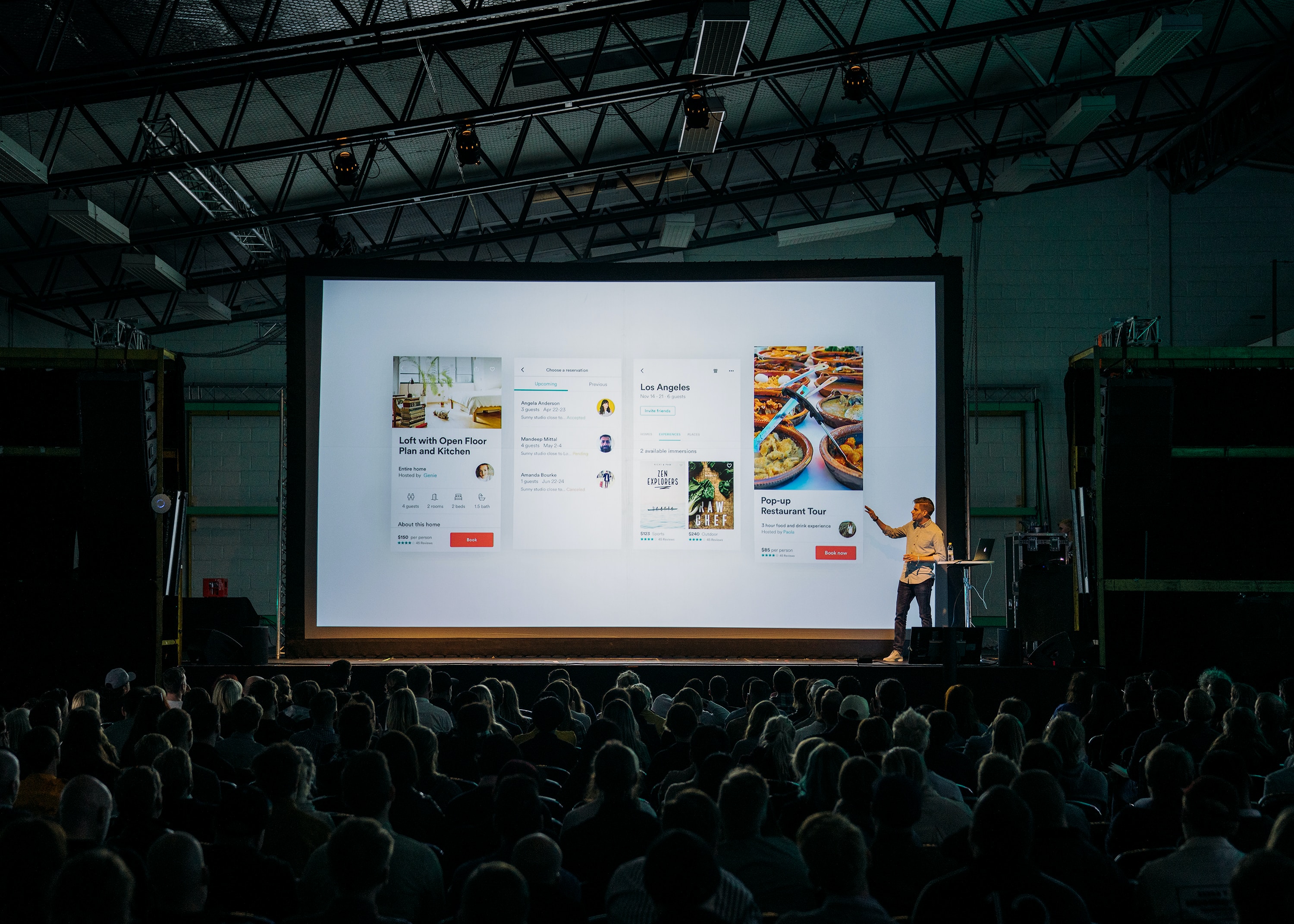
For a while now my LinkedIn bio has began, “I'm an educator, journalist, author, and recovering PowerPoint user.”
It's true. A few years ago, I vowed never to use PowerPoint or any similar slideshow for my presentations and lectures. This was in part due to an honest self-assessment: I was objectively bad at creating any. No matter how hard I tried not to, I violated every rule in the avoiding death by PowerPoint handbook. My slides were text heavy and visually unappealing, powered by equal parts insecurity and the self-aggrandizing fear that I might leave out something "important.”
On top of these personal failings, I realized that I disliked the vast majority of slideshows I had to sit through. Even the rare good ones I've seen still suffer from near-constant technical difficulties. (I estimate that the fail rate of a slideshow presented in a new location is 90+ percent.) We’ve all seen a frustrated presenter clicking in vain at a screen frozen on one slide, or showing up to a lecture only to find they didn’t have access to the projector, even though the organizer said they would.
Finally, my sense is that slideshows can encourage participants to be less active and engaged as they just wait for the link to the slideshow or take photos of the slides. This likely hurts learning as research shows that when students take notes they learn more than when they photograph or revisit slides.
For all these reasons, I’ve stopped using PowerPoint and other slideshows. Here are the techniques I use in my classes as alternatives to slideshows. I find these methods not only to be more effective and engaging, they’re also easier for me to put together. These also foster more discussion and allow for more spontaneity than traditional slideshows.
1. Slideshow Alternatives: Handouts
It’s basic. It’s low-tech. But it works!
While printing for large groups isn’t practical and a waste of paper, when presenting workshops for a small number of participants, I find handing out a packet outlining the highlights and key portions of my presentation can be a great strategy. If I am actually able to gain access to the projector in the room, as the organizers told me I would be able to, I will throw the presentation up on the screen. If not, it’s no big deal.
An additional advantage is the handout gives participants something tactile to hold onto and use to take notes. I’ve also found old handouts from presentations I’ve long since attended and that can be a nice reminder of a positive educational experience.
2. QR Codes
The digital successor the print handout, QR codes let me quickly create a handout in Google Docs, then generate a code for it, and share with students or lecture participants. I end up looking like a tech genius but this is easier than connecting to WiFi at Starbucks!
Using QR codes has most of the same advantages of a print handout except it saves paper and requires less pre-planning on my part. I generate the QR code using Google Chrome’s QR code generator, which is integrated into Chrome, but there are many free QR code generators available.
Once the code is generated, if I am actually able to gain access to the projector in the room (as the organizers promised!), I can share it on the screen. If not -- as you might be beginning to suspect has happened to me more than once -- I can share it from my phone, my laptop, or if I really want to get fancy, from a printed flyer.
3. Surveys and Quizzes
Generating a quick survey about the topic you are speaking of can be an interesting way for students or participants in a workshop to learn from one another. It also helps you determine where your audience is coming from, and gets them actively involved in the discussion. Short quizzes provide similar benefits and, in addition, pre-testing and quizzing has been shown to help participants learn more.
In my case, when teaching students in an introductory course about journalism, I might start with a quick quiz on journalism jargon terms such as the inverted pyramid, the nut graph, and lead. Students won’t know what these mean and many will do poorly on the pre-test, but it doesn’t count against their grade and research shows taking the test will help them focus when I explain the terms.
I've also polled students about topics such as their opinions on bias in the media and whether objective reporting is even possible. The digital survey gets them thinking about these issues and helps jumpstart the discussion.
4. Objects, Giveaways, and Fun Things People Can Touch IRL
Whether you’re presenting to young students or seasoned colleagues, we all like to play. Providing participants with something they can hold in their hand can enhance learning and liven up the presentation. This could be an object related to science or history that you hand around, fun and not too expensive giveaways, or some type of art and craft related to the topic at hand.
A professor friend of mine has his journalism students explore actual physical newspapers as one class activity, and since many of them are digital natives, it can be a novel experience for them. I once gave a workshop on writing about food and the highlight was not the slideshow that took me eight hours to put together on a Sunday that I should have been spending outside. Instead it was the pastries from a local bakery I picked up on the way to the workshop on a whim. I asked participants to try the pastries and then write about their flavors. They started writing like seasoned food critics. Each bite was worth a thousand slides!







